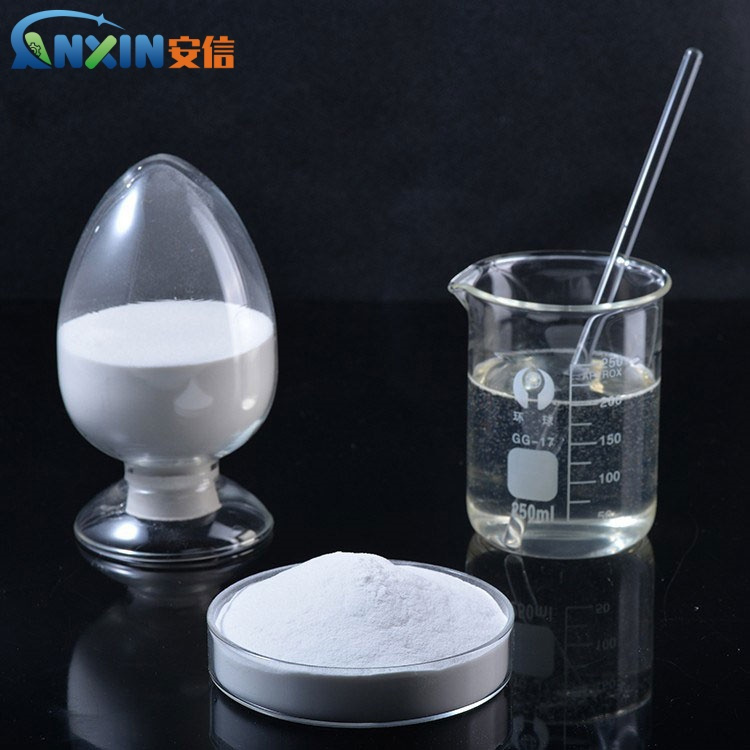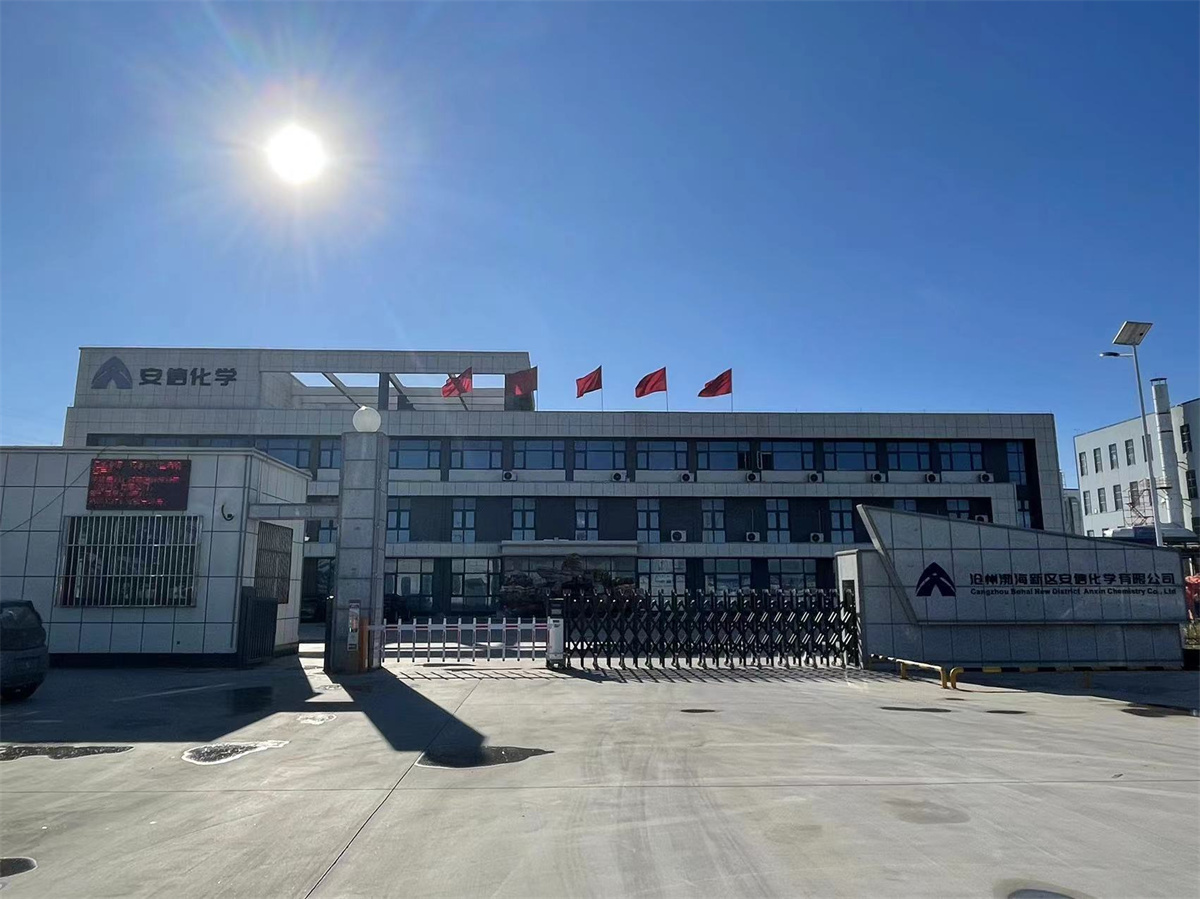Hydroxypropyl Methylcellulose (HPMC) is a non-ionic cellulose ether, which is a chemically modified product formed by the reaction of natural cellulose with propylene oxide and methyl chloride after alkalization. HPMC has good physical and chemical stability and is widely used in pharmaceuticals, building materials, food, cosmetics and other fields. Its chemical properties are as follows:
1. Molecular structure characteristics
The basic skeleton of HPMC comes from natural cellulose, which is formed by glucose units connected by β-1,4-glycosidic bonds to form a linear macromolecular chain. The introduction of hydroxypropyl and methoxy groups partially replaces the hydroxyl (-OH) groups on the cellulose molecular chain, thus giving it unique properties. This degree of substitution (i.e., the degree of substitution of methoxy and hydroxypropyl groups) has an important influence on the solubility, gel properties and stability of HPMC.

2. Solubility
HPMC is a typical non-ionic water-soluble polymer that can swell rapidly in cold water and form a transparent or translucent colloidal solution. However, in hot water, HPMC is not easy to dissolve and will form a gel at high temperatures. This thermoreversible gel property is one of the important physical and chemical properties of HPMC. In addition to water, HPMC can also be dissolved in certain polar organic solvents, such as a mixed solvent of ethanol and water, dimethylformamide, etc.
3. Thermal stability and gelation
HPMC has excellent thermal stability. As the temperature rises, the HPMC molecular chains in the aqueous solution will undergo dehydration association to form a three-dimensional network structure, and a transition from solution to gel will occur. The gelation temperature depends on the content and molecular weight of the substituents. Generally speaking, HPMC with a high hydroxypropyl content has a higher gelation temperature, while HPMC with a high methoxy content has a lower gelation temperature.
Gelation is reversible, and the gel will dissolve back into a liquid state after cooling. This unique thermogel property makes HPMC often used as a sustained-release material in the pharmaceutical industry and used in the building materials industry to improve the construction performance of mortar.
4. pH stability
HPMC maintains good stability in the pH range of 3~11. This wide pH stability range allows it to be used in a variety of environments without degradation or precipitation. When the pH value is lower than 3 or higher than 11, the solution may be degraded or precipitated due to high concentrations of hydrogen ions or hydroxide ions, resulting in decreased performance.
5. Chemical Reactivity
Due to the presence of some unsubstituted hydroxyl groups in the HPMC molecule, it still retains a certain chemical activity and can undergo the following reactions:
Esterification reaction: Under appropriate conditions, HPMC can react with acyl chlorides, anhydrides, etc. to form esters;
Etherification reaction: Residual hydroxyl groups can continue to react with etherifying agents (such as epoxides) to further change the degree of substitution and performance of HPMC;
Oxidation reaction: In the presence of strong oxidants (such as potassium permanganate, sodium hypochlorite), the molecular chain of HPMC may break, resulting in decreased viscosity;
Hydrolysis reaction: Under the action of strong acids or strong bases, hydroxypropyl and methoxy side chains may be hydrolyzed, causing changes in molecular structure and performance degradation.
In general, under normal application conditions, the chemical properties of HPMC are relatively stable.
6. Biodegradability
HPMC is derived from natural cellulose, so it can be degraded into small molecular sugars in a specific biological environment (such as under the action of microorganisms), and finally decomposed into carbon dioxide and water. This good biodegradability makes HPMC meet the requirements of environmentally friendly materials.
7. Compatibility with other substances
As a non-ionic polymer, HPMC has good compatibility with a variety of ionic or non-ionic additives (such as other polymers, surfactants, thickeners, etc.). Especially in the formulation system, it can work with a variety of drug ingredients, nutrients, pigments, etc. without precipitation or stratification.
the stability of HPMC in a high electrolyte concentration environment will be affected, and too much inorganic salt may cause the solution viscosity to decrease or even precipitate.

8. Enzyme resistance
Compared with natural cellulose, HPMC has enhanced resistance to cellulase due to the replacement of some hydroxyl groups, and is not easily decomposed by conventional enzymes. This feature gives it the advantage of delayed release of drugs in the gastrointestinal environment.
Hydroxypropyl methylcellulose (HPMC) is a chemically modified natural polymer material with good water solubility, thermal gelation, pH stability, chemical stability and biodegradability. Due to its unique structure and chemical properties, HPMC is widely used in the fields of medicine, building materials, coatings, food, cosmetics, etc., especially in formulations that require thickening, controlled release, film formation, suspension, emulsification and other functions.
Post time: Apr-28-2025